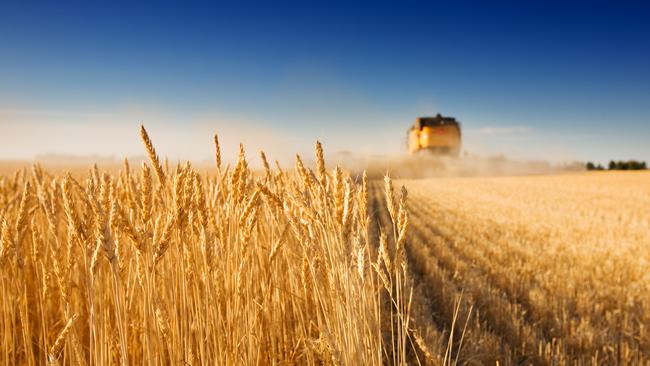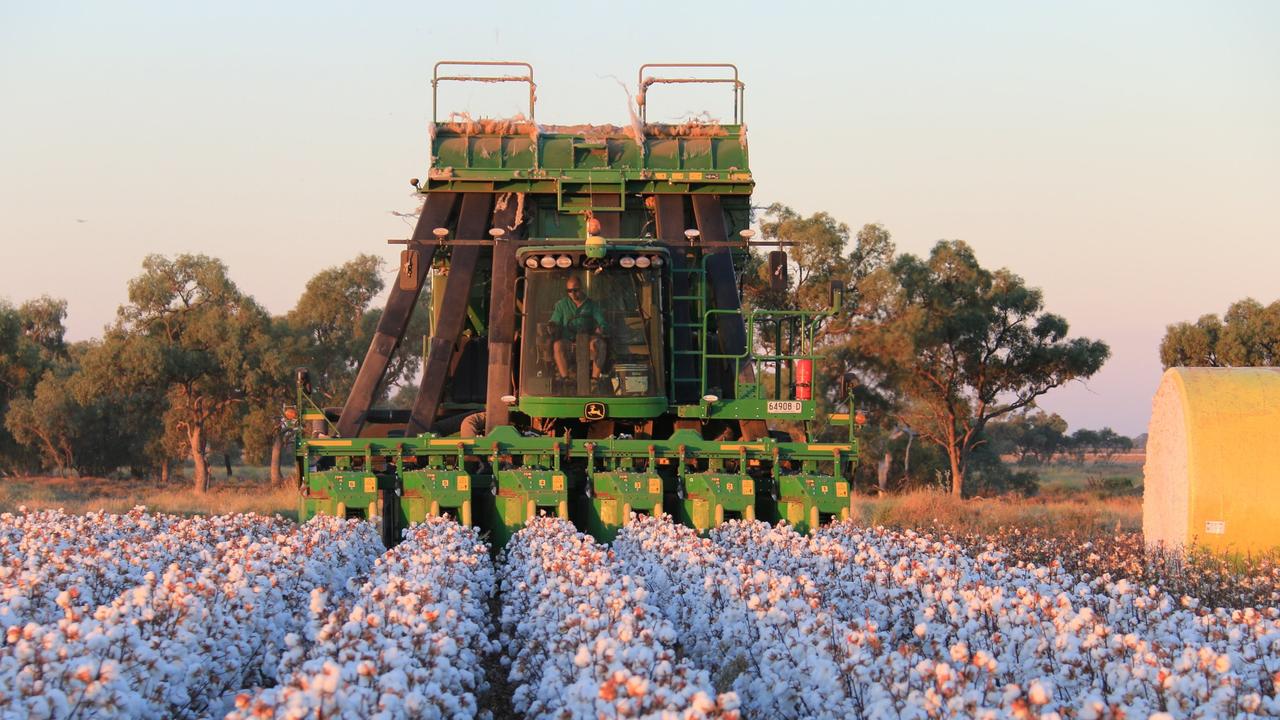Climate change: Can Australian grain crops go carbon neutral?
Grain farmers want to be part of the solution to climate change, but is carbon farming the right option?

The Australian grains industry has warned carbon markets “don’t stack up” for grains producers, leaving a big question mark over the federal government’s plan to offset 100 million tonnes of carbon annually through agriculture.
Grain Growers Ltd chief executive Dave McKeon said grain farmers, who manage the third largest portion of Australia’s agricultural land, want to be part of the solution to climate change, but participating in the carbon market was “unattainable” for them in current market settings.
“The reality is there’s an awful lot of sizzle and not a lot of steak in carbon farming for the average grain farmer,” Mr McKeon said.
At a fundamental level, cropping produces, rather than offsets, carbon emissions, and most producers were “not there yet” when it came to offsetting their own emissions, let alone producing offsets for other industries, he said.
The warning comes after experts said last week the Australian livestock industry had “little room to move” to reduce its carbon emissions and was reliant on future research to get closer to carbon neutral.
But some grain producers say reaching net zero on cropping properties can be achieved by adjusting farming practices.
Ian Gourley, who manages 11,000 hectares of cotton, wheat, pulses and oilseeds on his property in Edgeroi, northern NSW, said carbon neutrality was “not a pipe dream” for grain growers.
Mr Gourley participated in a trial last year that found his property produced between 2202 and 4202 tonnes of carbon dioxide emissions annually, depending on what calculation method was used.
He said the trial confirmed he was “not far off” carbon neutrality and could hit net zero in the next two years by making adjustments to reduce his emissions.
He then hoped to go beyond net zero and become a “carbon sink” by changing his cropping rotations to build up carbon in the soil.
“The industry’s not far away from carbon neutrality and it just needs more professional guidance to find out where we need to reduce emissions,” he said.
Research produced by the Grain Research Development Council shows the amount of greenhouse gas emissions produced through farming are highly variable depending on region and climate.
Of the regions surveyed, farmers in eastern Western Australia produced the most carbon emissions – more than 550kg of emissions per tonne of wheat. Farmers in south western Queensland and north western NSW produced the least, at less than 200kg of emissions per tonne.
The amount of carbon emissions also varied between crops, with canola producing the highest emissions, followed by wheat.
Mr Gourley said carbon calculators information were available to help farmer’s assess the emissions on their properties and could “point out what you’ve got to work on to reduce emissions”.
Modelling produced by Grain Growers Ltd shows 58 per cent of an average grain grower’s carbon emissions are created through fertiliser use and the embedded emissions created when fertiliser is produced.
CARBON MARKET OPPORTUNITIES FOR GRAIN GROWERS
Mr McKeon said although there were some opportunities developing for grain growers to charge a premium by selling low-emissions grain to environmentally conscious brands, the opportunities were “limited” for grain producers to enter the carbon market.
Scientific research suggested it was difficult to build up enough soil carbon through normal cropping practices to generate carbon credits, he said.
According to the latest research by Grain Growers, annual inputs of organic residues are likely to be less than 200kg/ ha in most cropping systems and microbes are continually breaking soil organic carbon down over time.
“There are some pockets of land that may be suitable, but what we need to consider in Australia is we have we have a very variable climate and we do have a lot of volatility,” Mr McKeon said.
“We have years of low rainfall, and we have drought years, and all of these things need to be taken into account when you are selling carbon units.”
“In some years there might be the production of carbon credits. In other years, there might actually be a loss of carbon from the system.”
Mr McKeon said there was not much more most grain growers could do to improve their farming practices to reduce emissions.
“Most farmers in Australia undertake carbon farming practices to some extent, and are absolutely trying to build more carbon in their soil,” he said.
Farmers have significantly cut down their fertiliser, chemical and diesel use through precision agriculture techniques and practising minimum tillage, “but participation in carbon markets is still unattainable”, he said.
For now, the biggest opportunities to participate in the carbon market existed in farmers turning over “pockets of land” to tree plantings, but this only made sense for less productive cropping areas, he said.
The financial benefits “don’t really stack up” to turn arable land over to carbon offsets, Mr McKeon said.





